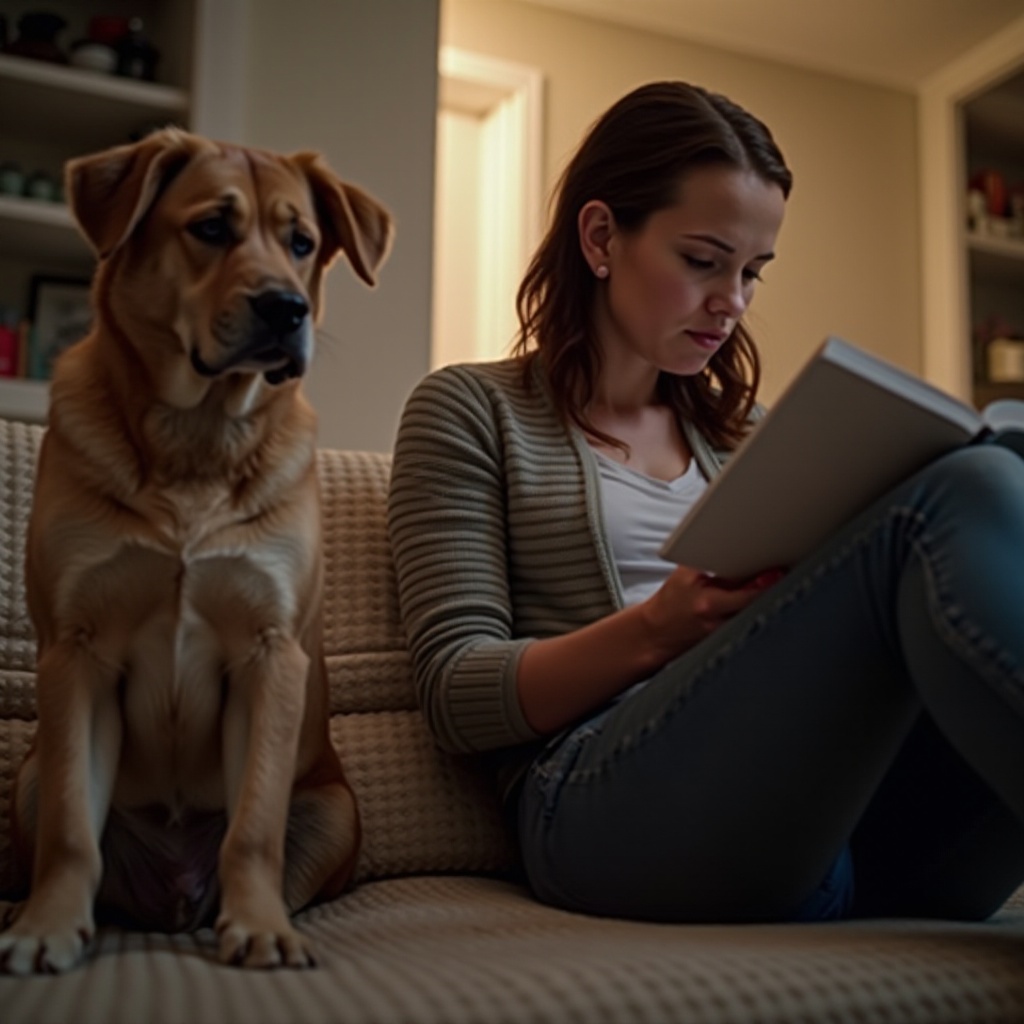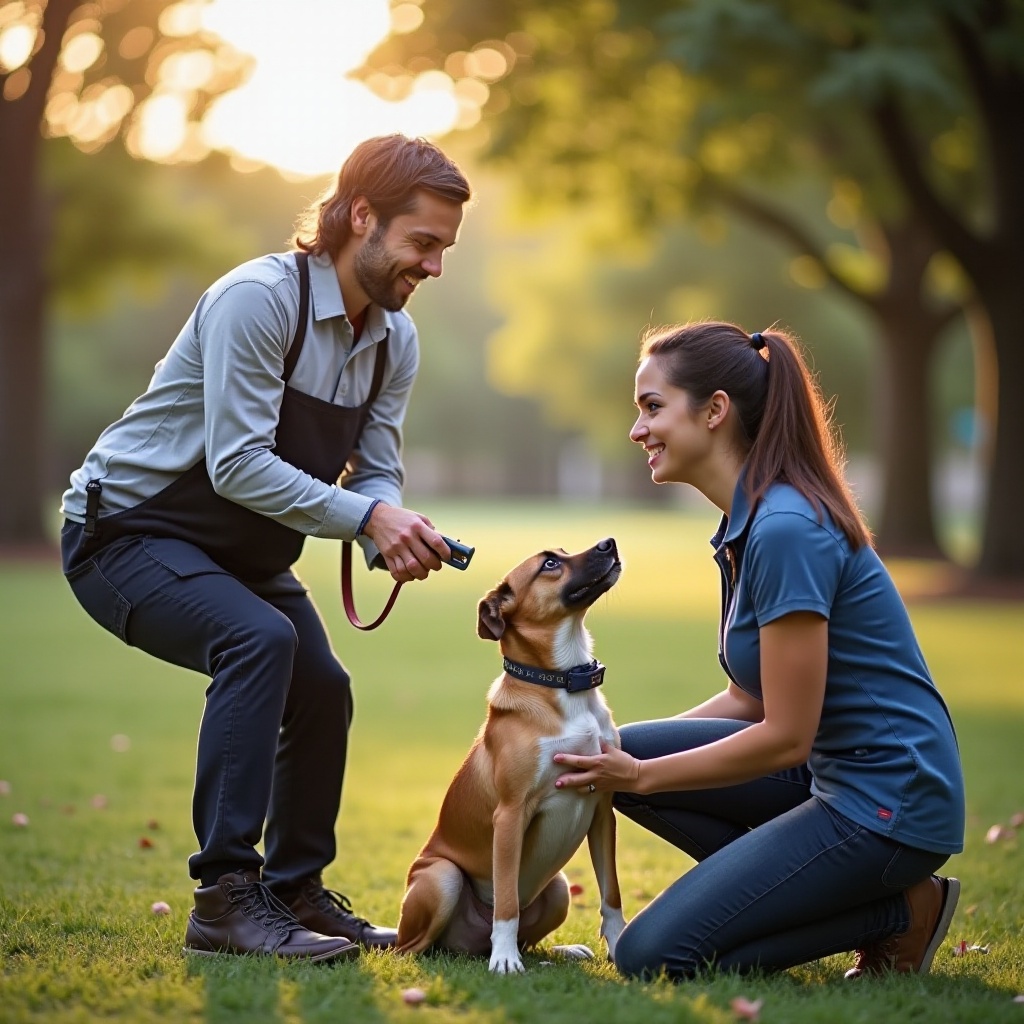Introduction
A dog bite can be a distressing experience for all involved. Whether it’s your furry friend who has bitten someone or you’ve witnessed the event, knowing the right steps to take immediately can mitigate severe consequences. Understanding the nuances of legal implications, health concerns, and preventive measures will help you manage the situation and reduce the risks of future occurrences.

Immediate Actions to Take
When a dog bite occurs, your first priority should be the safety and well-being of everyone involved. Here are the immediate steps to follow:
- Ensure Safety:
- Restrain your dog immediately to prevent further incidents. Use a leash or place your dog in a secure area.
-
Separate the victim from the dog safely, ensuring both parties are calm.
-
Administer First Aid:
- Clean the wound with soap and water to reduce infection risk.
- Apply an antiseptic and cover the wound with a clean bandage.
-
Encourage the victim to seek professional medical attention, even if the bite seems minor.
-
Exchange Information:
- Provide the victim with your contact details and your dog’s vaccination history, particularly information on rabies shots.
-
Collect contact information from the victim as well.
-
Report the Incident:
- Notify your local animal control or public health authorities. Reporting is often a legal requirement and helps track and prevent further incidents.
Taking these immediate actions ensures the victim receives prompt medical care and helps in managing the situation responsibly.
Legal Implications of a Dog Bite
Understanding the legal ramifications after your dog bites someone is crucial. Laws vary by jurisdiction, but there are common elements widely recognized:
- Strict Liability Laws:
-
In many areas, dog owners are held strictly liable for damages if their dog bites someone. This means you could be responsible for medical bills, lost income, and pain and suffering, regardless of your dog’s previous behavior or your knowledge of its aggressiveness.
-
One-Bite Rule:
-
Some jurisdictions follow the one-bite rule, which might absolve the owner of liability if the dog had never shown aggressive behavior before. However, you may still need to prove that you took appropriate precautions.
-
Investigation and Possible Consequences:
-
Authorities might conduct an investigation to determine the circumstances of the bite. Depending on the findings, consequences can range from fines to mandated behavioral training or even euthanasia of the dog in severe cases.
-
Homeowner’s Insurance:
- Many homeowners’ insurance policies cover dog bite liabilities. Check your policy to understand the coverage and any exclusions.
Legal outcomes can be complex and emotionally charged, emphasizing the importance of understanding your responsibilities and securing legal advice when necessary.
Health and Safety Concerns
Addressing health and safety concerns after a dog bite is paramount for both the victim and the dog:
- Infection Risks:
-
Dog bites can introduce bacteria deep into tissue, increasing infection risks. Immediate medical attention helps prevent serious complications such as cellulitis or sepsis.
-
Rabies Exposure:
-
Rabies is a serious concern with dog bites. Ensure your dog’s rabies vaccination is up to date. If the dog’s vaccination status is unknown, medical professionals may recommend post-exposure prophylaxis for the victim.
-
Tetanus:
-
Tetanus, though rare, can be a risk with animal bites. The victim may need a tetanus booster shot if they haven’t had one in the past 10 years.
-
Emotional Impact:
- Both the victim and the dog owner can suffer emotional distress following a bite incident. Counseling or support groups can be beneficial in coping with the trauma.
These health and safety considerations emphasize the importance of prompt medical and psychological care in ensuring comprehensive well-being.
Analyzing and Addressing the Behavior
After addressing immediate health and safety concerns, it’s crucial to analyze and rectify the behavior that led to the bite:
- Identify Triggers:
-
Carefully assess the situation to identify what triggered the aggressive behavior. Was the dog startled, threatened, or demonstrating territorial aggression?
-
Consult with Professionals:
-
Engage with veterinarians, animal behaviorists, or certified dog trainers. They can offer insights into your dog’s behavior and recommend strategies to manage and modify it.
-
Behavioral Training:
-
Consistent training can address the root causes of aggression. Positive reinforcement techniques can help correct bad behaviors and reinforce desirable ones.
-
Socialization:
- Ensure your dog is properly socialized with other animals and people. Controlled exposure to different environments can build confidence and reduce anxiety-related aggression.
Analyzing and addressing the behavior behind the bite will help in making the necessary changes to ensure the safety of your dog and others.

Prevention Strategies and Training Aids
Preventing future incidents through effective strategies and training aids is essential for responsible pet ownership:
- Obedience Training:
-
Invest in basic obedience training to ensure your dog responds reliably to commands like ‘sit,’ ‘stay,’ and ‘come.’ Consistent obedience can prevent situations that might lead to a bite.
-
Environmental Management:
-
Create a safe and secure environment to minimize triggers. Use baby gates or crates to manage your dog’s access to certain areas and prevent confrontational situations.
-
Supervised Interaction:
-
Always supervise interactions between your dog and unfamiliar people or animals. Supervision allows you to intervene promptly if signs of distress or aggression appear.
-
Adequate Exercise and Mental Stimulation:
-
Regular physical exercise and mental stimulation prevent boredom and reduce anxiety. Engage your dog with walks, playtime, and puzzle toys.
-
Use of Muzzles:
-
A muzzle can be a temporary solution to prevent bites when you’re uncertain of how your dog will react in certain situations. It should be comfortable and introduced gradually.
-
Professional Support:
- Don’t hesitate to engage professional trainers for advanced behavioral problems. They can provide tailored strategies that address the specific needs of your dog.
Implementing these strategies will significantly reduce the risk of future bite incidents and aid in the development of a well-adjusted pet.

Conclusion
A dog bite incident requires immediate action, a thorough understanding of legal and health implications, analysis of the problem behavior, and preventive measures for the future. Keeping informed and proactive will help you manage and mitigate the consequences, ensuring the safety and well-being of all involved.
Frequently Asked Questions
What should I do if my dog bites someone for the first time?
Ensure immediate safety, administer first aid, exchange information with the victim, and report the incident to local authorities. Consult with a veterinarian and a professional trainer to address the behavior.
Can my dog be put down if it bites someone?
In severe cases, authorities might mandate euthanasia, especially if the dog is deemed dangerous. This decision often follows an investigation and considers the dog’s history and the circumstances of the bite.
How can I prevent my dog from biting again in the future?
Invest in obedience training, manage the environment, supervise interactions, ensure regular exercise and mental stimulation, and seek professional help for behavioral issues.
